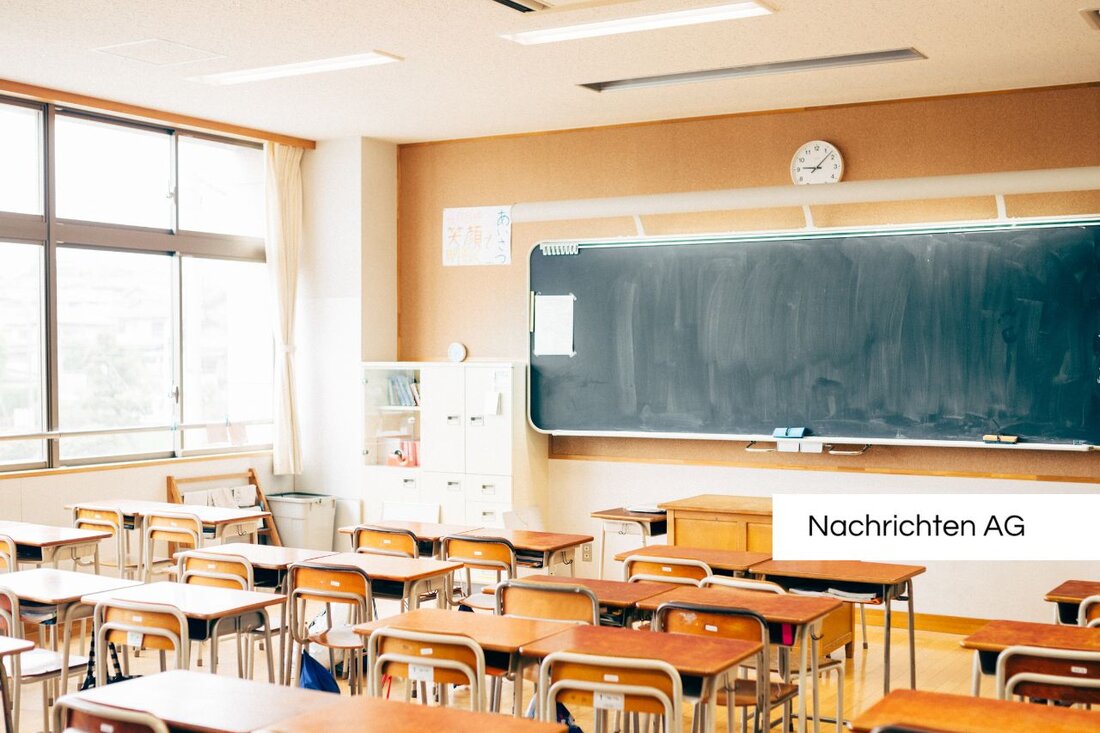Migration quota in schools: Who decides on the curricula?
Migration quota in schools: Who decides on the curricula?
In the discussion about the migration quota in schools, Simone Oldenburg, the Minister of Education of Mecklenburg-Western Pomerania and President of the Education Ministers' Conference, found clear words. It does not see any area of responsibility for the Conference of Education in terms of the upper limit for children with a migration background. "Every federal state has to decide for itself whether and how the migration share is regulated in schools," emphasizes Oldenburg. This is reported by the Oldenburger Online Zeitung .
Mecklenburg-Western Pomerania has a relatively small proportion of people with a migration background compared to other federal states. Oldenburg underlines the importance of funding opportunities in order to enable all children to learn the German language, in particular by pre -classes, the newly immigrated children and adolescents should make it easier to get started together. This is particularly relevant, since over 40 percent of the students in Germany now have a migration background, as the media service informs integration.
a controversial debate
The integration officer Natalie Pawlik (SPD), on the other hand, rejects such a limitation. She believes that Germany does not need a quota in the classroom. Rather, it is necessary to invest in well -equipped schools. The President of the German Teachers' Association, Stefan Düll, speaks of an "ideal idea", but sees hurdles in the practical implementation. He points out that a high number of students without knowledge of German difficult and wonders where the children should come for a mix, especially in cities with a high proportion of migration.
challenges for refugee children
Another important point in this debate is the equipment and integration of refugee children in schools. The 2024 microcensus shows that around 1.9 million foreign students belong to the overall school system in Germany, which makes 16 percent of the total number of 11.4 million students. This number increased by 6 percent compared to the previous year. Refugee children are waiting for school lessons on average 7.1 months after their arrival in Germany.
Over 93 percent of 6- to 10-year-old refugees attend a school, which is a positive trend, but it also shows: 40.2 percent of 15 years with escape experience visits non-age-appropriate grades. This has a noticeable influence on educational success, as the statistics illustrate. The Integration Media Service notes that experiences of discrimination, such as poorer performance ratings, are common topic.
In summary, it can be said that the topic around the migration quota in schools is complex and causes different opinions. While some federal states want to draw clear boundaries, others rely on the integration and promotion of all children of any origin. In order to increase equal opportunities, educational offers must be invested, and above all, the school staff must be used in order to adequately take into account the diversity of the German student body.| Details | |
|---|---|
| Ort | Oldenburg, Deutschland |
| Quellen | |


Kommentare (0)